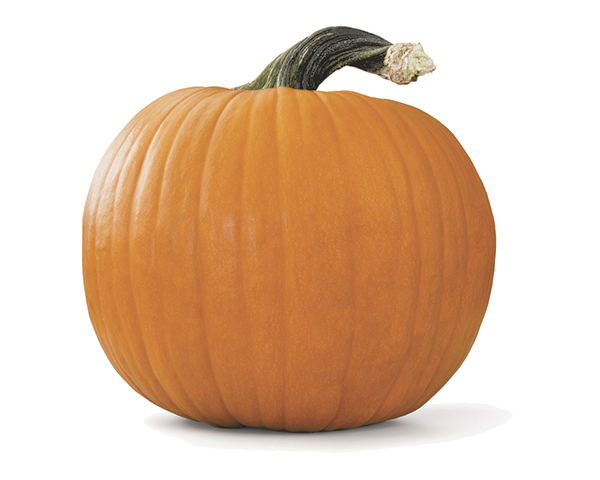 9 Things to Learn about Pumpkins
9 Things to Learn about Pumpkins
Pumpkins are an integral part of American tradition and there’s something magical about finding the perfect pumpkin at a local farm or pumpkin patch. There’s also much that can be learned about pumpkins—turn it into an educational experience! Here are nine things to learn about pumpkins.
1. A pumpkin is a fruit. Native to the Americas, pumpkins are actually considered a fruit. Along with squash and Indian corn, Native American Indians have been growing pumpkins for more than 5,000 years.
2. How pumpkins grow. There is no better way to introduce children to pumpkins than by taking them to a pumpkin farm. They can learn how the autumn gourds grow from flat almond-sized seeds planted in the ground. A pumpkin takes 90–120 days to grow, and contains about 500 seeds! There are several local farms that offer tours and educational field trips.
3. Pumpkins are edible and nutritious. High in iron and fiber, pumpkins are also rich in vitamin A and potassium. Not only is the fleshy pulp inside the pumpkin good for you, but so are the seeds and edible pumpkin blossoms.
4. Where pumpkins are grown. Pumpkins are grown all over the world (on every continent except Antarctica) and in all 50 states (yes, even Alaska). California is America’s fifth-largest pumpkin growing state. Illinois comes in at number one, followed by the nearby states of Indiana, Ohio and Pennsylvania.
5. Pumpkins are 90 percent water. That’s why they feel so heavy. Some pumpkins are purposely grown for fair and festival contests to win ribbons and prizes. In fact, the heaviest pumpkin in the world grew in Switzerland and weighed 2,096 pounds.
6. How to pick the perfect pumpkin. Decide what you’re going to do with the pumpkin before you look for one. Will it sit on your front porch, or is it going to be carved for Halloween? Our grandchildren decided in advance that their pumpkins would be carved with Disney princess and superhero characters. The design determined the shape of the pumpkins they looked for. One needed to be tall and narrow. The other, squat and round.
7. How pumpkins became associated with Halloween. Carving pumpkins into jack-o’-lanterns is a popular Halloween tradition that originated hundreds of years ago in Ireland. Back then, jack-o’-lanterns were made out of turnips or potatoes. It wasn’t until Irish immigrants arrived in America and discovered the pumpkin (and how much easier it was to carve) that a new Halloween ritual was born.
8. How pumpkins became associated with Thanksgiving. Indians brought pumpkins to the first Thanksgiving feast of the pilgrims in 1621. Thinking the cooked pumpkin was bland, settlers cut the top off the pumpkin, scooped out the seeds, and filled the cavity with cream, honey, eggs and spices. Then they placed the top back on and buried it in the hot ashes of a fire. When finished, they lifted the blackened pumpkin out of the fire and scooped out the delicious custard-like flesh.
9. There really is a Cinderella pumpkin. Once upon a time in a faraway land (France), farmers cultivated a unique pumpkin. In the Cinderella fairy tale, this ornate French heirloom pumpkin is magically transformed into the elegant coach that took Cinderella to the ball to meet her prince.
Celebrate the harvest by heading to a local farm or pumpkin patch in search of the perfect pumpkin. It’s an American seasonal tradition!
Did you know? The white Cinderella pumpkin actually has orange flesh that is often preferred when cooking. Find delicious recipes in San Diego Family’s Pumpkiny Goodness round-up.
Noreen L. Kompanik is a writer, photographer and San Diego resident. She has a passion for travel, cooking and spending time with family.









